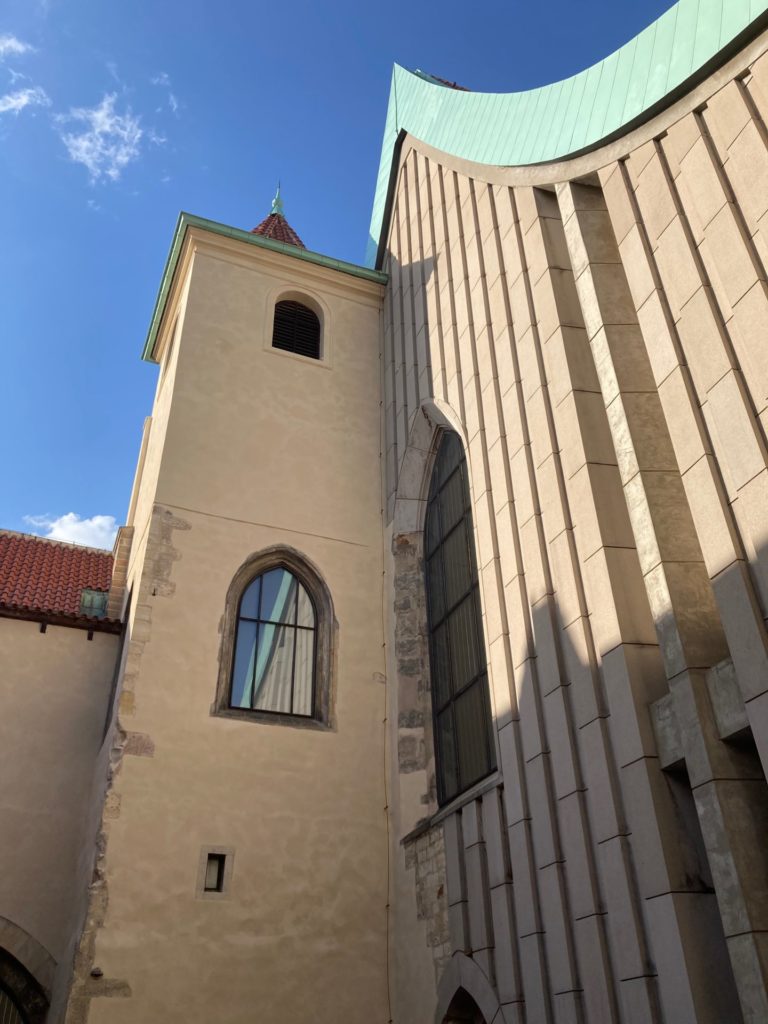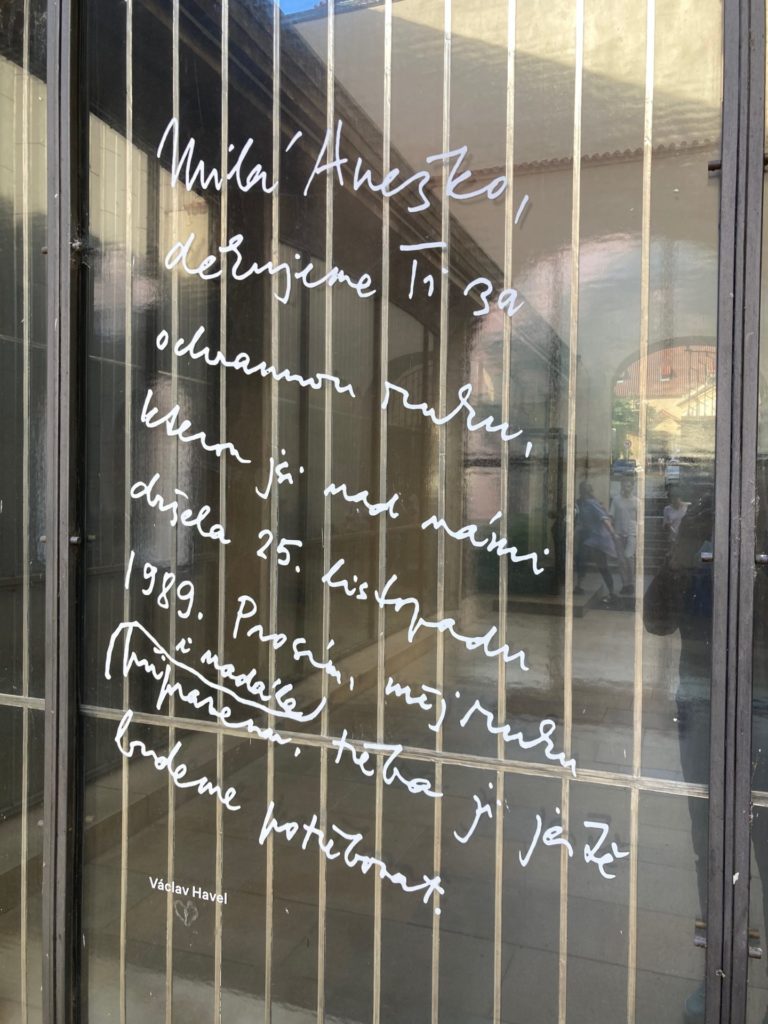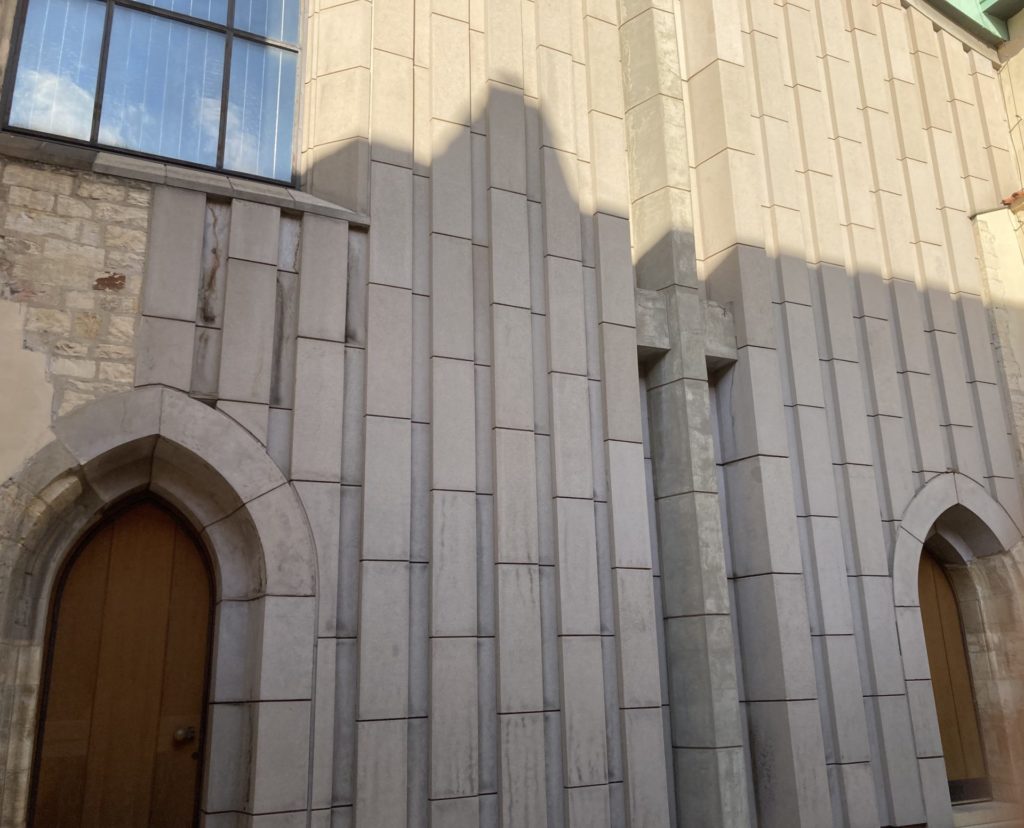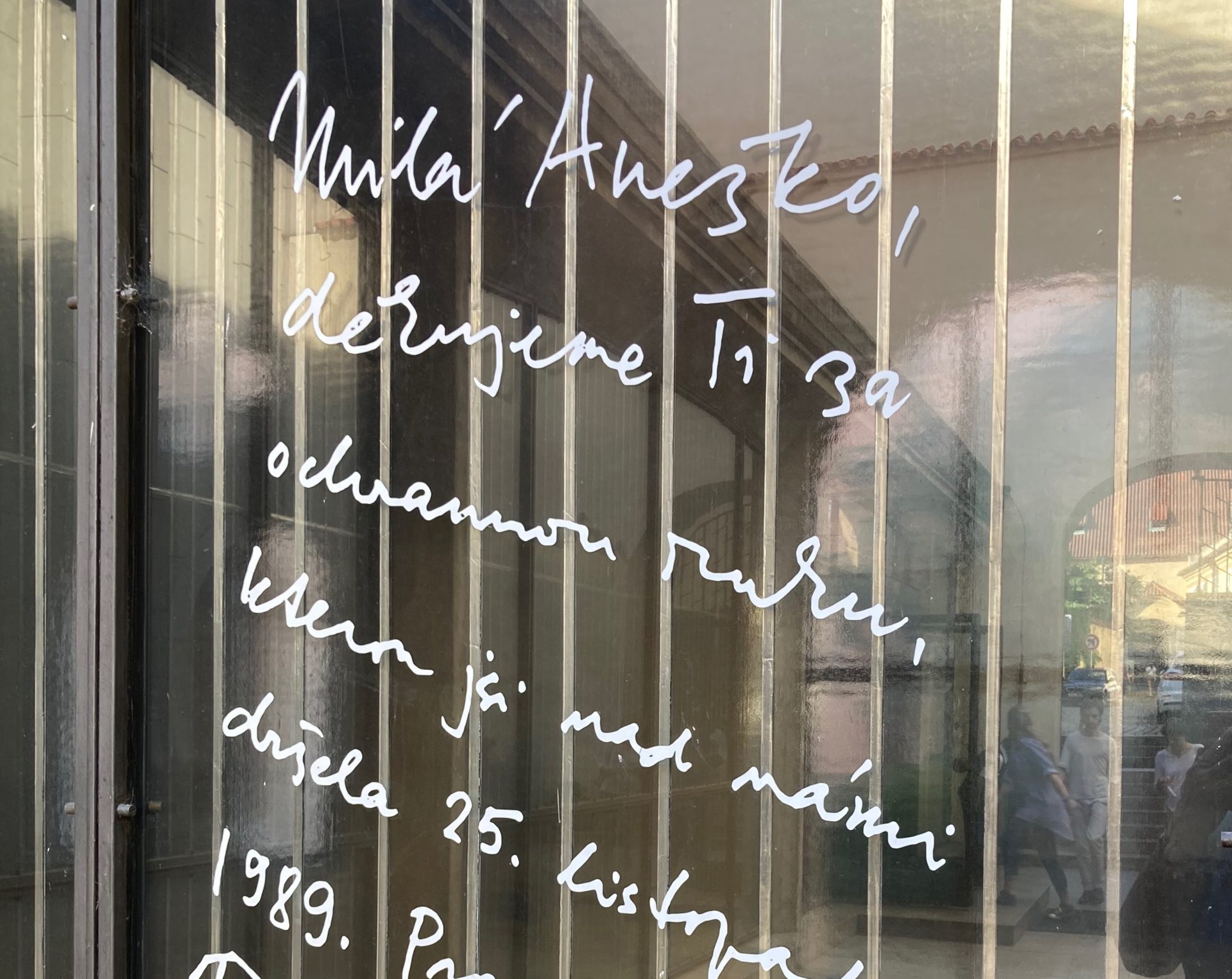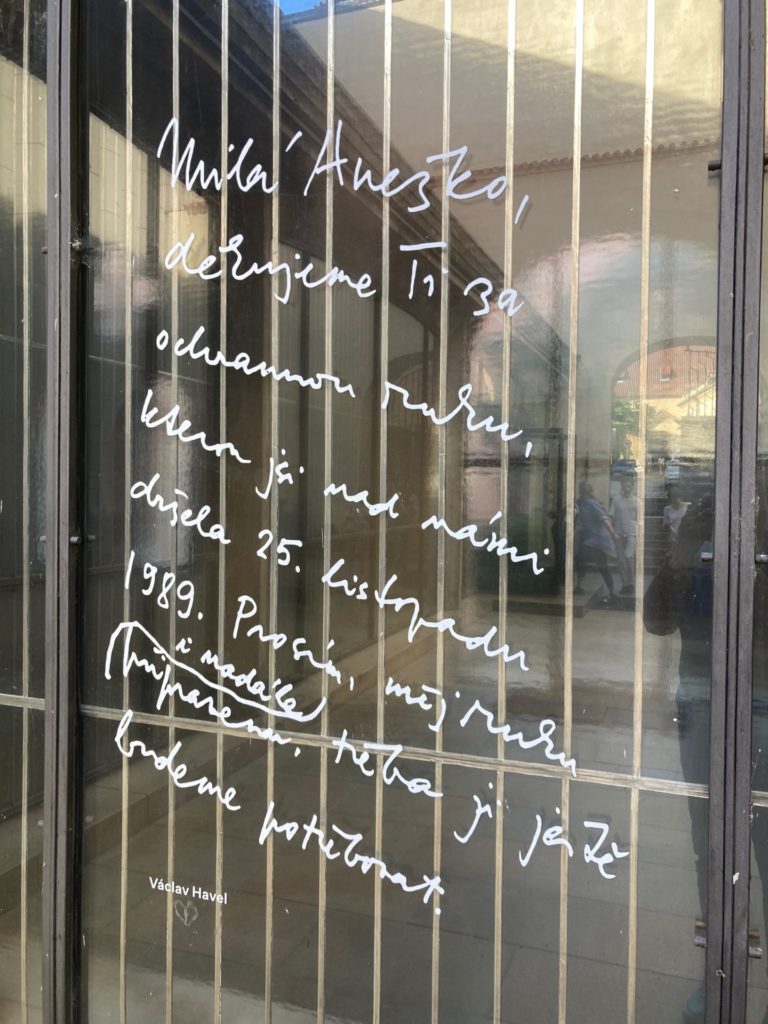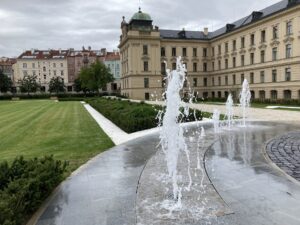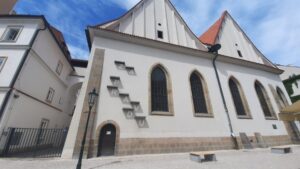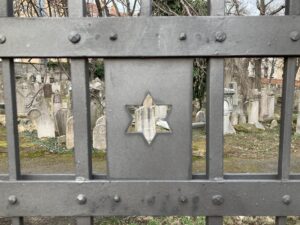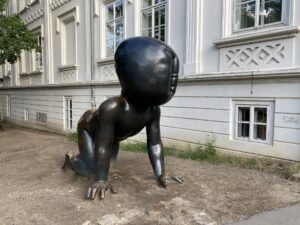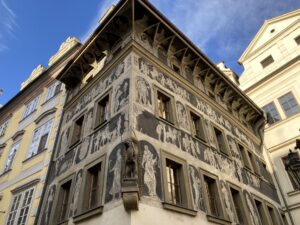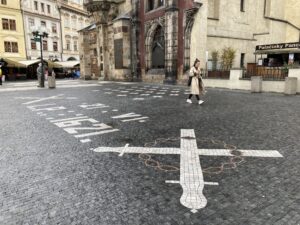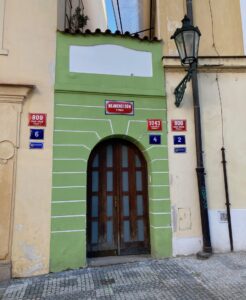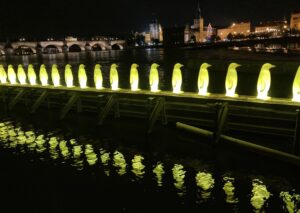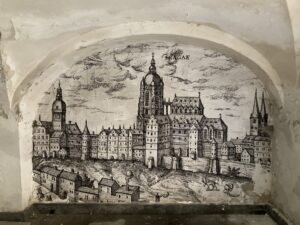On the glass on the door of the Convent of St Agnes of Bohemia, the handwriting of President Václav Havel reads:
“Dear Agnes, thank you for the protective hand you held over us on November 25, 1989. Please continue to keep your hand ready, we may need it again.”
Why?
Agnes of Premyslid, also called Agnes of Bohemia, was born sometime between 1205 and 1211. She was brought up in monasteries, not to become a nun, but to receive an education and be prepared to marry.
She was engaged four times. The first fiance died, and the other eventually married another princess (Anežka was 8 years old at the time). At the age of 15, she was betrothed to King Henry III of England, who, however, repealed his offer after a few years.
The last suitor took an interest in Agnes at a time when her father was no longer alive and her brother Václav I ruled, who did not force his sister into anything. Agnes decided not to marry. In 1231, with the support of her brother, with whom she had a very nice relationship, she founded today’s St. Agnes Monastery and dedicated her life to helping the poor and sick.
She was very educated, she could not only read but also write, even in four languages – Czech, Italian, Latin, and German. She also had good diplomatic skills and was very involved in cultural, political, and social life.
Queen Eliška Přemyslovna and her son Charles IV had already sought the canonization of Agnes. It did not take place until many centuries later.
And on November 25, which Václav Havel writes about, a solemn mass was organized in the St. Vitus Cathedral in honor of this canonization. It was celebrated by Cardinal František Tomášek.
Between these two dates, on November 17, the Velvet Revolution began.
That the regime was weakening was already evident from the fact that 10,000 pilgrims were allowed to travel to Rome for canonization. During his speech (spoken in Czech) at the Vatican, the Pope commented on the political situation at the time. He indicated that the regime was collapsing and gave courage to the Czechs.
On November 25, 50,000 people came to Mass in St. Vitus cathedral and in the courtyards of Prague Castle. The police did not intervene. Even this showed the weakening of communist power.
Cardinal Tomášek, the moral authority of the Czechs, also said during the sermon: “Our nation is going through very serious moments to achieve what it needs most for its existence and for its future. I stand on the side of the nation!”
This mass was also important because it was attended by thousands of believers from the countryside, many of whom were unaware of the revolutionary events in the capital. According to historians, the church service helped bring about the fall of the communist regime. It was the impulse for the faithful to go to the large demonstration of the Civic Forum at Letná the same day. 800,000 people gathered there and made it clear that they wanted an end to totalitarianism.
The sentence: “When Agnes is canonized, it will finally be good in Bohemia.”, thus proved to be true.
